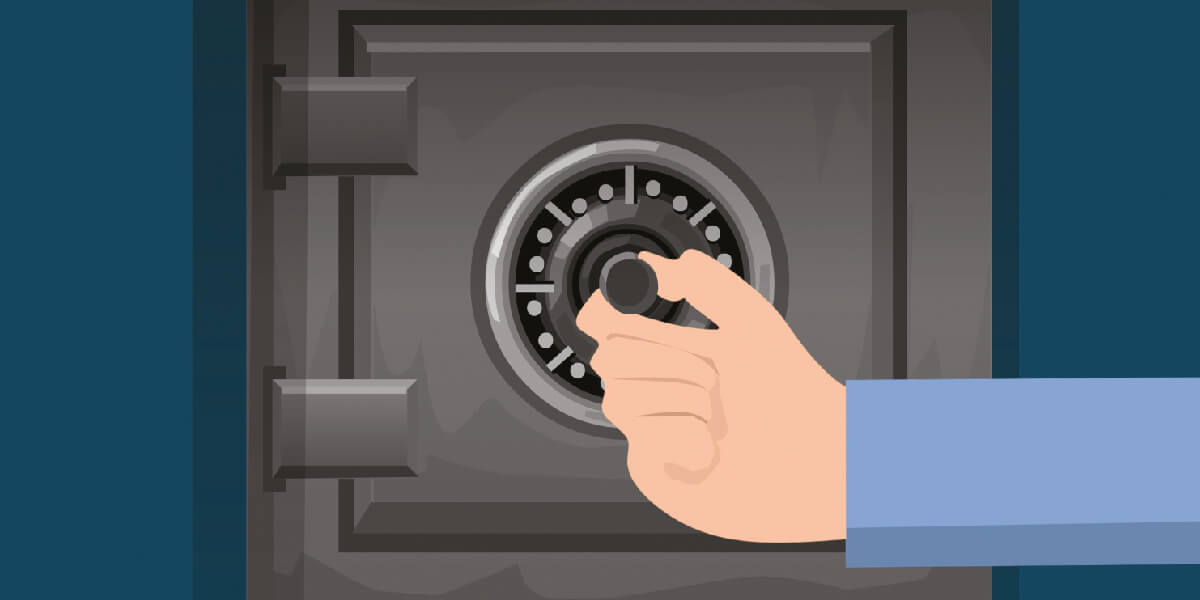
The American Society of Nephrology unveiled the winners of their annual Education Innovations Award in October, which aims to stimulate the development of innovative tools that inspire medical students to learn about nephrology in new ways. One of the winners was a mobile-friendly teaching tool called NephSim – a collection of cases and images that the user works through to achieve a diagnosis. We spoke to one of the app’s creators, Rachel Hilburg, to discover what gave her the idea and how it can be used to build a community within the field.
What motivated you to create NephSim?
My colleague, Samira Farouk, and I both have a strong interest in medical education. We were aware of various programs in medicine that use case-based learning; however, we didn’t think there was enough for the field of nephrology in that sense. We also found that many of the teaching methods within nephrology were individualized and disengaged, demanding isolation while going through a particular case. We were on the lookout for fresh ways to teach nephrology, and when we discovered the Education Innovators Award, we used it as a platform to develop a way to work through nephrology cases interactively and cooperatively.
What is the goal of the app?
Our aim is to build a library of cases that people can use, both to learn themselves and to teach others. NephSim allows you to practice diagnoses in a variety of real-life scenarios, and we ultimately want it to spark interest in the field and create community. As residency can be such a busy time, the simplicity of the app will hopefully fuel small group discussions “on the fly,” or while grabbing a coffee, because it’s so easy to pull up a case quickly. We also want to provide a platform for young doctors who want to teach others, so each case contains prompts for the teacher to achieve this.
How did you find the development process?
I think the fact that Samira and I both have a limited understanding of technology has been helpful in terms of the app’s usability. Initially, I was fearful of the implications of digital platforms in nephrology, but now that I have been more involved, it’s really nice to see the unifying effect of such technology. In a small field like nephrology, being able to talk to other people about cases, both locally and globally, brings about a sense of community that can’t be achieved by digging through textbooks.
What’s next for NephSim?
In the short term, we’re hoping to add a greater variety of cases to the app. We’ve also been reaching out to the nephrology community and are in the process of getting more people involved, because the whole app relies on people submitting their own cases. There has already been interest from various medical schools who want to incorporate NephSim into their curriculum and, in the future, we want to continue working with our colleagues to integrate the app with nephrology education more formally.
